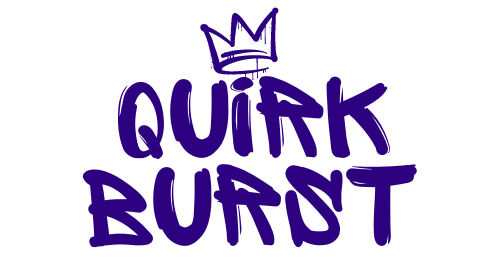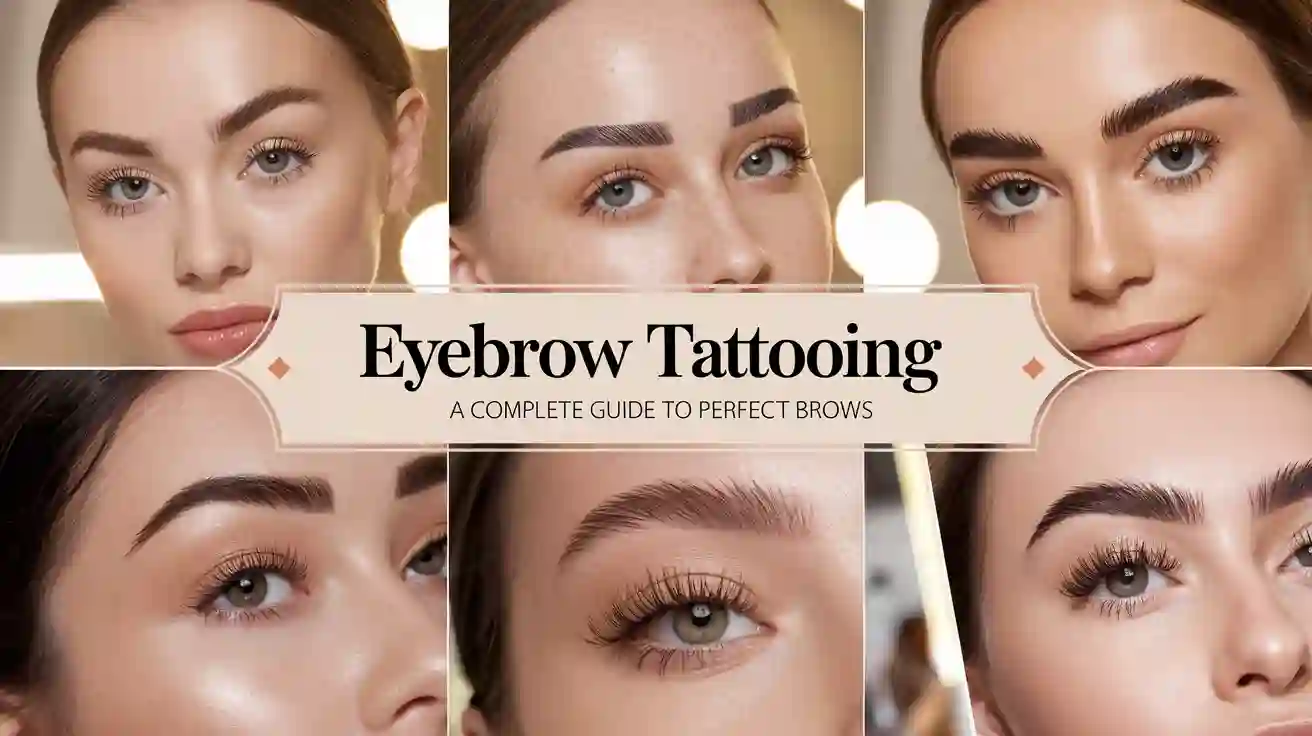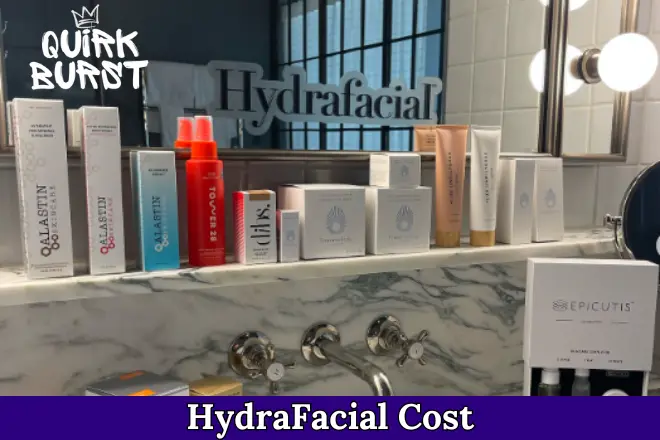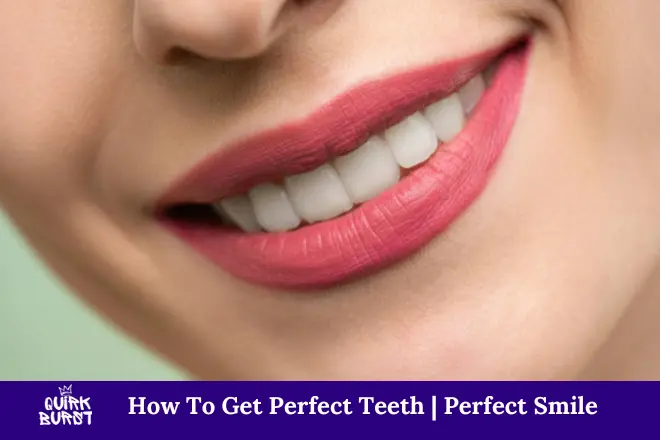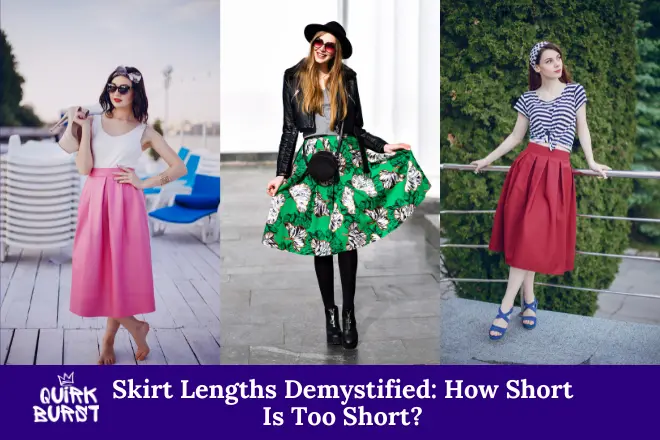Eyebrow Tattooing: A Complete Guide to Permanent Brow Enhancement
Eyebrows are one of the most defining facial features. They shape the face, enhance expressions, and can dramatically change a person’s appearance. For those who struggle with thin, sparse, or asymmetrical brows, eyebrow tattooing provides a semi-permanent or permanent solution.
This technique has evolved over time, with modern methods like microblading, microshading, and ombré brows offering more natural results. But is an eyebrow tattoo right for you?
This in-depth guide will cover everything about this fashion, including:
- Different techniques and how they work
- Benefits and considerations
- The procedure and healing process
- Potential risks
- Alternatives to permanent eyebrow tattoos
- FAQs about the treatment
By the end of this guide, you will have a complete understanding of what to expect before, during, and after the procedure.
What Is Eyebrow Tattooing?
It is a cosmetic procedure where pigment is deposited into the skin to create the look of fuller, well-shaped eyebrows. The technique has evolved significantly, moving away from traditional permanent tattoos toward semi-permanent techniques that fade naturally over time.
There are several methods available today, each offering different results based on individual preferences.
Types of Eyebrow Tattooing Techniques

1. Traditional Method
This technique uses tattoo ink and a machine to create a permanent brow shape. The ink is placed deep into the skin, making it long-lasting but also more prone to fading into unnatural colors (e.g., blue or green hues over time).
- Best for: Those who want a permanent solution
- Duration: Permanent, but fading over the years
- Drawback: Can look unnatural as it ages
2. Microblading
Microblading is a semi-permanent technique using a handheld blade with fine needles to create realistic, hair-like strokes. The pigment is placed superficially, giving a more natural effect.
- Best for: Those with sparse or thin brows
- Duration: 1-2 years, requiring annual touch-ups
- Drawback: Not suitable for oily skin as it fades faster
3. Microshading (Powder Brows)
Microshading, also known as powder brows, creates a soft, shaded effect similar to filled-in eyebrows using makeup. Instead of hair strokes, the pigment is applied using a stippling technique.
- Best for: Those who prefer a filled-in makeup look
- Duration: 2-3 years, fading gradually
- Drawback: Less “natural” compared to microblading
4. Ombré Brows
Ombré brows combine microshading with a gradient effect, where the front of the brows is lighter and the tail is darker.
- Best for: Those looking for a soft yet defined eyebrow shape
- Duration: 2-3 years, requiring minimal touch-ups
- Drawback: May be too bold for those wanting a subtle effect
Also Read: Olipop Vs Poppi
Benefits

1. Saves Time in Daily Beauty Routine
- No need to fill in brows every morning with pencil, pomade, or powder.
- Perfect for people with busy schedules or minimal beauty routines.
2. Long-Lasting Results
- Depending on the technique, results can last 1-3 years or permanently with periodic touch-ups.
- Unlike traditional makeup, it does not smudge or wash off.
3. Helps Those With Hair Loss
- Ideal for people with alopecia, thinning brows, or hair loss due to medical conditions like chemotherapy.
- Restores a natural-looking eyebrow shape and boosts confidence.
4. Customizable & Natural Appearance
- Modern techniques allow customization of shape, color, and style.
- Unlike older tattooed eyebrows, newer methods create a more realistic look.
Procedure
1. Pre-Treatment Consultation
Before getting an the procedure, a consultation with a trained technician is necessary. During this session, the following will be discussed:
- Desired brow shape & color
- Skin type & lifestyle (affects fading)
- Medical history & allergy testing
- Aftercare instructions
2. Preparing for the Procedure
To ensure the best results, you should:
- Avoid blood thinners (aspirin, alcohol, caffeine) 24 hours before treatment.
- Moisturize the area leading up to the appointment.
- Stop using retinol & exfoliating treatments a week before.
3. The Step-by-Step Process
- Mapping & Shaping: The technician outlines the eyebrow shape with a pencil to fit your face.
- Numbing: A topical anesthetic cream is applied for 15-30 minutes.
- Pigment Application: The selected technique (microblading, shading, or ombré) is used to implant the pigment.
- Final Adjustments: The technician checks for symmetry and makes final refinements.
4. Procedure Duration
- The session takes 2-3 hours, depending on technique and detail level.
Also Read: Gifts for Homebodies
Aftercare and Healing Process
Immediate Aftercare (0-7 Days)
- Avoid moisture (no sweating, swimming, or washing brows directly).
- Apply healing ointment as prescribed.
- Do NOT pick, rub, or scratch scabs forming over the brows.
- Avoid makeup around the brows.
Healing Stages (7-30 Days)
- Scabbing & peeling will occur naturally.
- Brows may appear darker initially but lighten 30-40% over time.
- Final healed results are visible after 4 weeks.
Long-Term Maintenance
- Use SPF to protect against fading.
- Avoid harsh skincare acids (AHA/BHA, retinol) on the brow area.
- Schedule touch-ups every 12-18 months for semi-permanent styles.
Potential Risks and Considerations
1. Allergic Reactions
- Some individuals may react to pigments or numbing agents.
- Patch testing is recommended before the procedure.
2. Risk of Infection
- Only go to licensed professionals who follow strict hygiene practices.
- Improper aftercare can increase the risk of bacterial infections.
3. Uneven Healing or Fading
- Certain skin types (oily skin) may fade unevenly.
- Touch-ups help correct fading and enhance color.
Alternatives
1. Temporary Eyebrow Tattoos
- Sticker-like tattoo brows that last 1-7 days.
2. Eyebrow Tinting
- Dyeing natural brow hairs to add color for 4-6 weeks.
3. Eyebrow Extensions
- Attaching synthetic brow hairs for temporary fullness.
Frequently Asked Questions (FAQs)
1. Does Eyebrow Tattooing Hurt?
- Mild discomfort, similar to tweezing.
- Numbing cream is used to minimize pain.
2. Can Eyebrow Tattoos Be Removed?
- Yes, but removal requires laser treatments and can be costly.
3. How Long Do the Results Last?
- Microblading & shading: 1-3 years.
- Traditional tattooing: Permanent (may fade over decades).
4. Is eyebrow tattooing better than microblading?
No, microblading is generally better for a natural look. Eyebrow tattooing is permanent but can fade to unnatural colors. Microblading is semi-permanent (lasts 1–2 years) and mimics real hair strokes, making it the preferred choice for most people.
Conclusion
It is a convenient, long-lasting, and customizable way to achieve perfect brows. Whether you prefer microblading for hair-like strokes or powder brows for a soft, filled-in look, there is a technique for everyone.
Always choose a licensed professional, follow proper aftercare, and schedule touch-ups as needed.
Would you try this procedure? Let us know! 🎯
